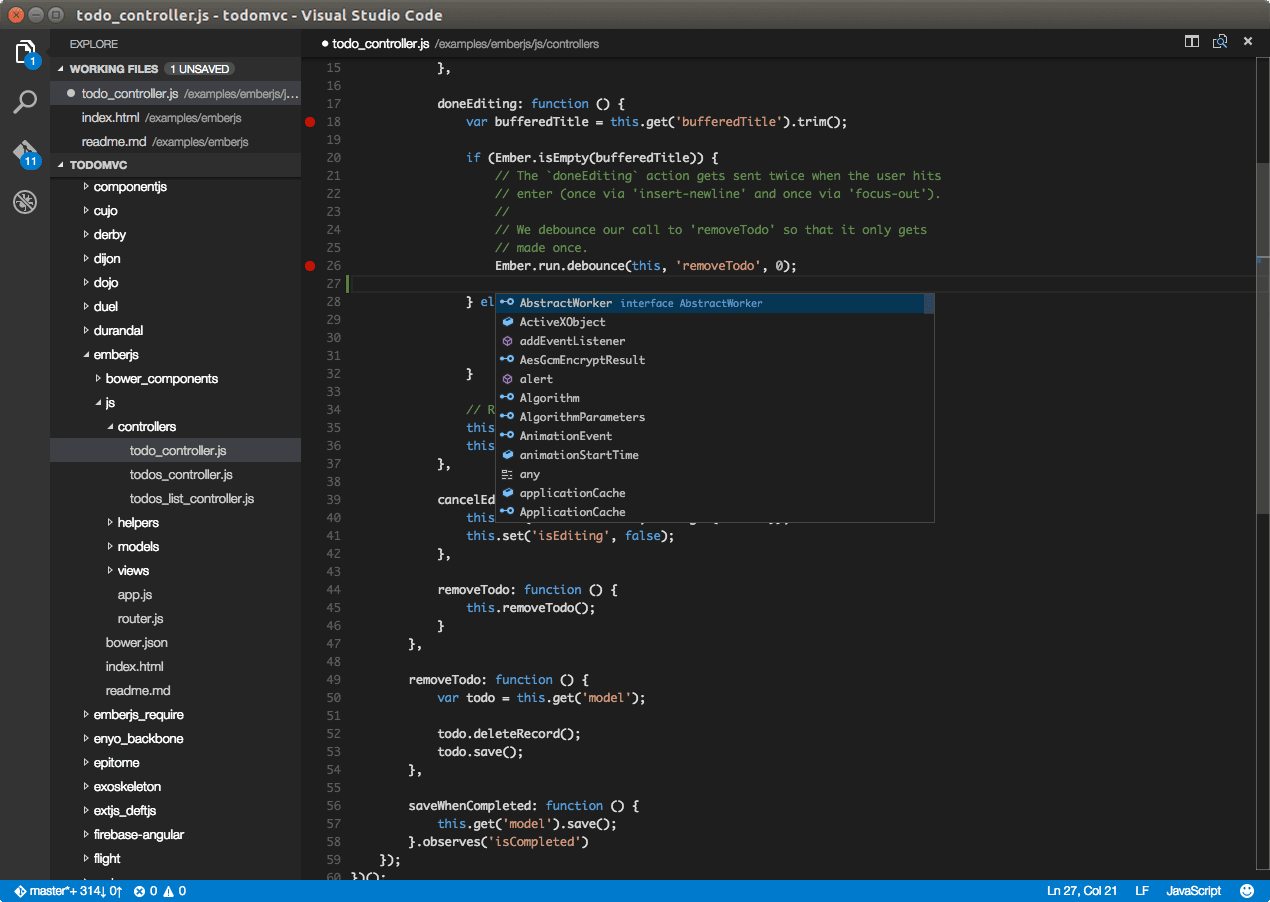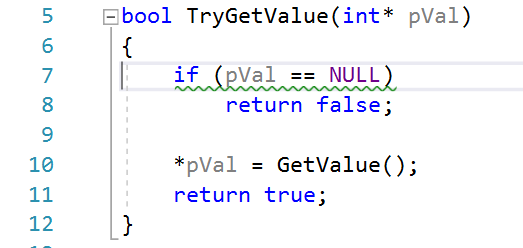

Indicates whether to run all overridable Code Analysis rules against all targets. The default is 'GlobalSuppressions$(DefaultLanguageSourceExtension)'. Name of the file, without the path, where Code Analysis project-level suppressions are stored. This report is specified in $(CodeAnalysisLogFile). Path to the XSL style sheet to reference in the Code Analysis output report. The default is '$(CodeAnalysisInputAssembly).CodeAnalysisLog.xml'. Path to the output file for the Code Analysis report. The default is '$(OutDir)$(TargetName)$(TargetExt)'. Path to the assembly to be analyzed by Code Analysis. Semicolon-separated list of Code Analysis projects (*.fxcop) or reports to import. The default is true.Ĭode Analysis projects (*.fxcop) or reports to import. Indicates whether Code Analysis should fail silently when it analyzes invalid assemblies, such as those without managed code. Indicates whether Code Analysis should silently fail when analyzing invalid assemblies, such as those without managed code. Indicates whether Code Analysis will ignore the default rule set directories when searching for rule sets. Indicates whether Code Analysis will ignore the default rule directories when searching for rules. Indicates whether Code Analysis generates a '$(CodeAnalysisInputAssembly).lastcodeanalysissucceeded' file in the output folder when no build-breaking errors occur. Indicates whether Code Analysis generates a report file, even when there are no active warnings or errors. Indicates whether Code Analysis should fail if a rule or rule set is missing. Semicolon-separated list of Code Analysis custom dictionaries. A fully qualified path to a directory containing reference assemblies to be used by Code Analysis.Ĭode Analysis custom dictionaries.

The default is the current user interface language for Windows.Īdditional reference assembly paths to pass to the Code Analysis command line tool. The default is an empty string (''), which causes Code Analysis to use its default console output.Ĭulture to use for Code Analysis spelling rules, for example, 'en-US' or 'en-AU'. Path to the XSL style sheet that will be applied to the Code Analysis console output. Indicates whether to apply the XSL style sheet specified in $(CodeAnalysisLogFileXsl) to the Code Analysis report. Most of the settings generated by Visual Studio are often the default values and can be discarded.įor my reference, here's the documentation, lifted from the schema: Project ElementĪdditional options to pass to the Code Analysis command line tool. The schema is located at: \Microsoft Visual Studio 10.0\Xml\Schemas\1033\MSBuild\ However, the intellisense for the schema is quite good. Strangely enough, I had more confidence in my changes when manually editing the csproj files in Notepad++ than from Visual Studio - it seemed like each configuration had slightly different settings, and being able to see the msbuild settings seemed to make more sense.ĭuring this process, I found it quite frustrating that none of the CodeAnalysis settings that are configurable from the csproj schema were documented online. At any rate, one of the pain points I had to work through was ensuring that the configuration settings between my Visual Studio configurations were the same. I still haven't figured out if I'm using Visual Studio's built in Code Analysis tool or FxCop 10.0, because the two tools share a lot of the same engine and rulesets. I've just spent the last week or so working with Code Analysis for my Visual Studio 2010 projects.


 0 kommentar(er)
0 kommentar(er)
